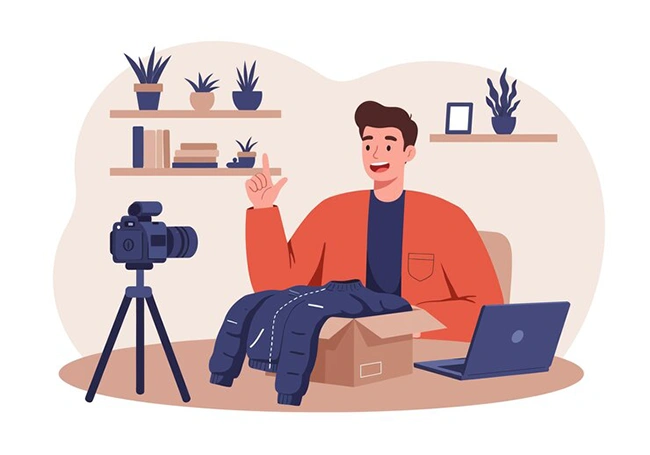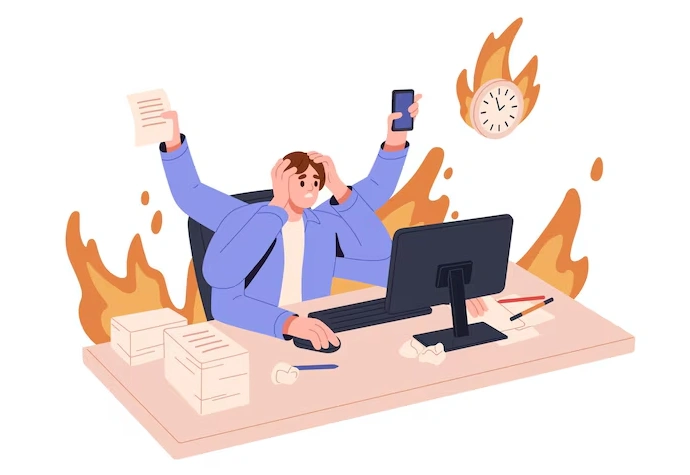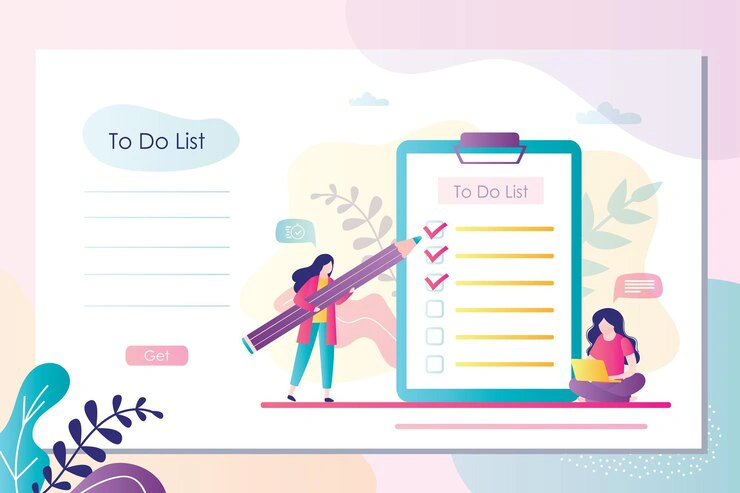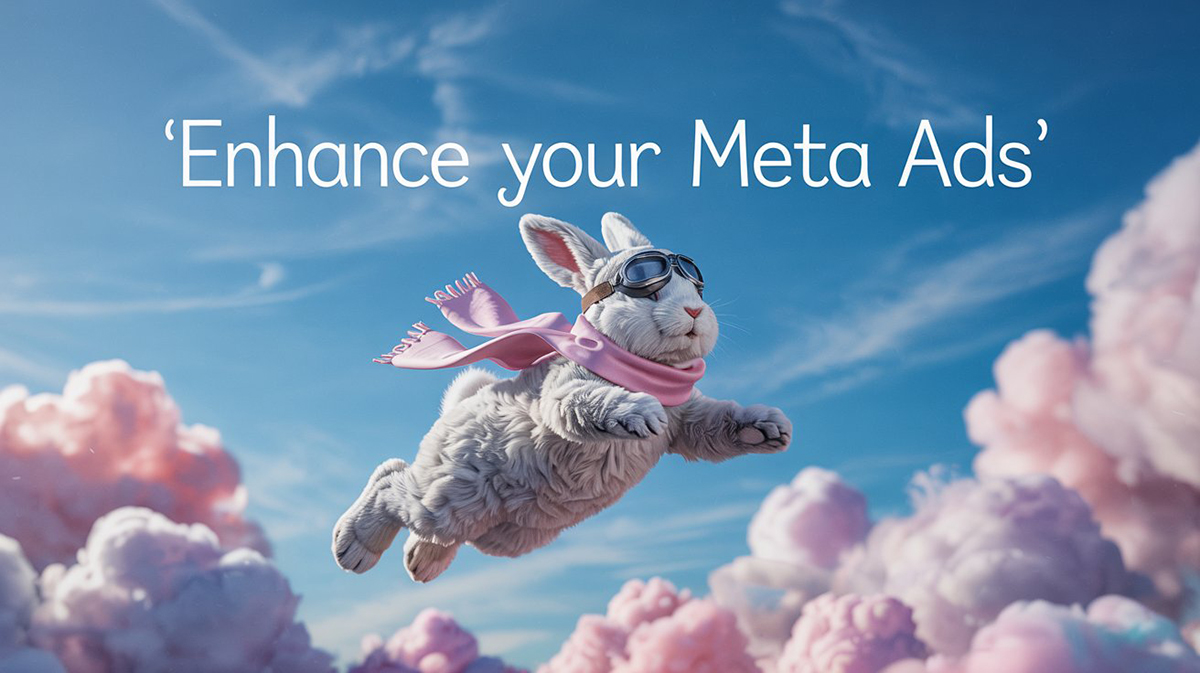content
In today’s ADV Advantage blog post we’ll explore how contextual orientation is driving multimedia ad evolution in Google Ads and why it’s time to let go of outdated strategies.
For years PPC professionals juggled ad groups, keyword lists, and manual bid adjustments. Now Google Ads feels more like an intelligent espresso machine: you pour in creative content, hit a button, and you get a reliable conversion. But does allowing automation to take the lead truly deliver better results—and is it worth the trade‑off in oversight and control?
From Manual Control to Full Automation
Google’s Smart Bidding, Performance Max, and Data‑Driven Attribution signal a strategic shift: machines optimize budgets, creatives, and channel mix. According to Search Engine Land, advertisers using automated bidding saw a 30% boost in ROAS in 2024. PPC pros are evolving—from “bid jockeys” to campaign architects—freeing their time for content strategy and audience insight rather than repetitive optimization.
Voice Queries and YouTube Shorts: What’s Next
Mobile‑first behavior is rewriting consumer expectations. Think With Google reports 27% of global users perform daily voice searches on smartphones. This means targeting conversational queries like “best sofa for a small apartment” is essential. Meanwhile, YouTube Shorts exploded in popularity—viewership rose 135% year‑over‑year, according to Google. If your ad creatives aren’t vertical, snackable, and tailored for this format, you’re missing a key opportunity.

Automation vs. Human Oversight: Finding Balance
Handing control to algorithms can feel like entrusting your car to a trainee driver. But manual strategies simply don’t scale. PPC Hero’s research shows agencies combining automation with content‑first thinking hit their target ROAS 68% of the time. Algorithms handle bidding and targeting—while humans bring context and creative strategy.

Content Is King, But Context Rules
Google rewards ads that tell compelling stories. That requires moving beyond keyword-heavy campaigns to narrative-driven creatives tailored to each funnel stage. To win today, brands must:
- Use relevant visuals and video for maximum engagement
- Leverage Audience Signals in Performance Max
- Test varied formats: images, video, carousel, and feed-based creatives
Ditching Legacy Campaigns
Spreadsheet‑driven, manually bid campaigns with hundreds of ad groups can’t compete anymore. Google data shows automated strategies free up to 40% of a marketer’s time—enough to rethink priorities, simplify structure, and maybe even take that well-earned break.
Quick Adaptation Checklist
- Move to Performance Max for unified, cross-channel reach
- Use Merchant Center to streamline product-centric creatives
- Set up Audience Signals to guide algorithmic targeting
- Test creative formats regularly to understand what resonates

Why You Should Act Now
Brands delaying automation risk losing competitive ground. 2025 isn’t the year for manual bidding and disjointed campaign setups. Those who adapt early will own their markets and maintain strong ROAS—while others scramble to catch up.
Expanded Conclusions
Advertising in 2025 demands a shift from manual tactics to algorithmic scalability. Automation empowers marketers to focus on what machines can’t—storytelling, creative strategy, and human insight. When paired with contextual targeting and multimedia formats like voice and Shorts, brands set themselves up for sustainable growth. Legacy campaigns aren’t just inefficient—they can cost you market share.
- Automated strategies amplify scale: frees up valuable time for strategy over minutiae
- Creative wins attention: story-rich, relevant ads outperform static keyword dumps
- New formats are essential: voice queries and Shorts need native, conversational creatives
- Easy wins exist: Performance Max, feeds, Audience Signals offer quick ROAS boosts
- Legacy complexity slows growth: spreadsheets and manual bids are no longer competitive
- Efficiency boosts uptime: automation saves ~40% of PPC bandwidth
- Early adopters dominate: adapt now to stay ahead or risk falling behind
Subscribe to our newsletter



